Unmasking the Truth: Are Eye Masks and Sleep Masks the Same?
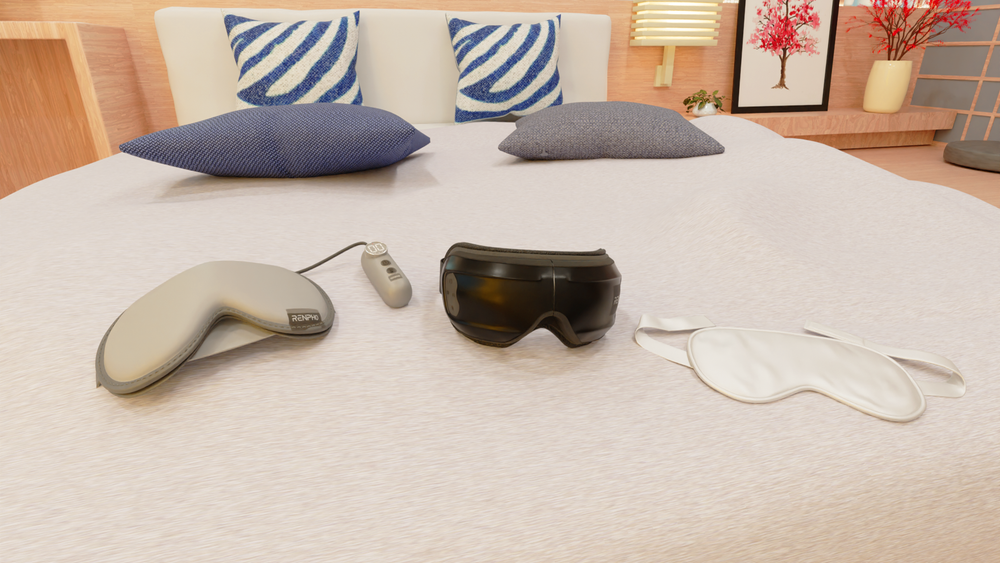
Stay tuned to our latest news
So, to determine the truth behind them, let’s unpack the truth behind these two seemingly similar sleep aids. While they may seem interchangeable at first glance, a closer look reveals some key distinctions that set eye masks and sleep masks apart. From the materials used to the specific functions they serve; we'll help you understand which one is the best fit for your nighttime routine.
Let's cast aside any preconceived notions and get ready to unveil the facts. By the end, you'll be equipped with the knowledge to choose the right "mask" to optimize your sleep quality and wake up feeling refreshed.
What Are Eye Masks?

Eye masks are a popular and effective way to relax and rejuvenate the delicate skin around the eyes. They are typically made of soft, comfortable materials such as silk or gel, and are designed to fit snugly over the eyes. They are often used to block out light and aid in sleep, as well as to reduce puffiness, dark circles, and fine lines. Some also contain special ingredients like skincare serums or essential oils, which can provide additional benefits for the skin.
What Are Eye Masks Used For?
As mentioned previously, eye masks are commonly used for various purposes, including promoting relaxation and improving sleep quality. These masks block out light and create a soothing, darkness-enhancing environment. By creating a barrier between the eyes and the external environment, they can help induce a state of relaxation, making them useful for meditation, napping, or bedtime routines.
Also, eye masks have found a specific use in face recognition and identification. It has been observed that wearing masks, including eye masks, can hinder the ability to recognize and identify individuals. This is because masks cover key facial features, making it challenging for the brain to process visual information and match it with stored facial patterns.
In the autistic community, eye masks have gained recognition for their potential to provide comfort and alleviate sensory overload. Individuals with autism often face difficulties processing sensory information, and their hypersensitivity to light can cause distress. By wearing eye masks, they can block out excessive light, reducing visual stimulation and promoting a sense of calmness.
What Are Sleep Masks?

Aside from eye masks, sleep masks are another popular sleep aid that can help promote better sleep by blocking out external light and creating a dark environment. They are typically worn over the eyes and are designed to ensure complete darkness, helping individuals fall asleep faster and stay asleep for longer periods. They are widely used by people who struggle with sleep disturbances, such as those who work night shifts or who are sensitive to light. They are also commonly used during travel, as they can provide a sense of relaxation and comfort in unfamiliar environments. Sleep masks come in various designs and materials, with options ranging from simple, lightweight masks to more advanced versions that offer additional features like cooling or aromatherapy. Regardless of their specific features, sleep masks ultimately aim to reduce light interference, allowing individuals to achieve a more restful and undisturbed sleep.
What Are Sleep Masks Used For?
Sleep masks are a widely recognized tool used to improve sleep quality and promote relaxation. These masks are specifically designed to cover the eyes and block out unwanted light, creating a conducive sleep environment.
The primary purpose of sleep masks is to help individuals achieve a more restful sleep by eliminating external visual stimuli. They are commonly used by those who experience difficulty falling asleep or are sensitive to light. Sleep masks are particularly popular among travelers, as they can help mitigate the effects of jet lag and provide a sense of comfort in unfamiliar sleeping environments.
By blocking out light, sleep masks can effectively signal to the brain that it is time to rest and encourage the production of melatonin, a hormone responsible for regulating sleep-wake cycles. This can help regulate the body's internal clock and promote a deeper, more restorative sleep.
Furthermore, sleep masks can also aid in the relaxation process. The darkness created by the mask promotes a sense of tranquility and privacy, allowing individuals to mentally and physically unwind. This can be especially beneficial for individuals who struggle with anxiety or have trouble quieting their minds before bed.
Are Sleep Masks and Eye Masks the Same?

Sleep masks and eye masks, while often assumed to be interchangeable, have some key differences. The primary distinction lies in the materials used to construct them. Sleep masks are typically made from soft, lightweight fabrics like silk, satin, or microfiber, with the goal of creating a comfortable, breathable mask that blocks out light. Eye masks, on the other hand, are often crafted from firmer materials such as plastic or rubber, providing more structured eye coverage.
The function of the two products also differs. The main purpose of a sleep mask is to create total darkness and eliminate light exposure, which can disrupt the body's natural sleep-wake cycle. Eye masks, however, are designed to provide compression or pressure on the eyes, which some people find soothing or beneficial for eye strain, puffiness, or migraine relief.
In terms of coverage, sleep masks are meant to cover the entire eye area, from the brow to the cheekbones, while eye masks focus more narrowly on just covering the eyes, without extending to the surrounding facial features. This difference in coverage also impacts the overall portability of the products, with sleep masks generally being thinner and more flexible, making them easier to pack and travel with, compared to the bulkier and less portable eye masks.
So, while there is some overlap in their ability to block light, sleep masks and eye masks serve distinct purposes and have different design specifications. Choosing the right one comes down to your specific needs and sleep or eye health goals.
When Should You Use an Eye Mask and Sleep Mask?
When it comes to choosing between an eye mask and a sleep mask, the decision ultimately depends on your specific needs and the desired effect you're looking to achieve. Eye masks are often more suitable for use during the day, as they are less likely to interfere with regular activities compared to a larger sleep mask. They can be particularly beneficial for addressing eye strain and fatigue, reducing puffiness and dark circles, and even providing relief for migraines. The targeted pressure of an eye mask can help alleviate these issues without completely blocking out one's surroundings.
On the other hand, sleep masks are an excellent solution for those dealing with light sensitivity and trouble falling or staying asleep due to ambient light. They are highly effective at creating a dark, distraction-free environment, making them invaluable for shift workers or travelers who need to sleep during the day. By eliminating light exposure, a sleep mask can also help regulate the body's natural circadian rhythms, leading to more restful and consistent sleep over time.
Ultimately, the choice between an eye mask and a sleep mask comes down to your specific needs and preferences. If you're unsure, it may be worth trying both to see which one better suit your sleep and eye health requirements. While they may seem similar at first glance, these two products serve distinct purposes and can provide different benefits depending on your individual circumstances.
Takeaway
While eye masks and sleep masks may appear similar, they are distinct products with different purposes and features. Eye masks are typically made of softer, more flexible materials like silk or gel, and are designed to fit snugly over the eyes to provide targeted compression and alleviate issues like puffiness, dark circles, and eye strain. They are often used during the day to help users relax and rejuvenate the delicate eye area.
In contrast, sleep masks are specifically engineered to block out all external light, creating a pitch-black environment that can help induce faster sleep and improve sleep quality. Commonly made of lightweight fabrics like microfiber, sleep masks cover a larger area from the brow to the cheeks, completely shielding the eyes. They are particularly useful for shift workers, frequent travelers, and those sensitive to light disruptions during sleep.
The choice between an eye mask and a sleep mask ultimately comes down to your individual needs and preferences. Eye masks are better suited for daytime use and addressing localized eye concerns, while sleep masks are the superior option for establishing an optimal sleep environment and regulating the body's natural circadian rhythms. Experimenting with both can help you determine which type of mask best fits your sleep and eye health requirements.
Renpho Health Tips
-
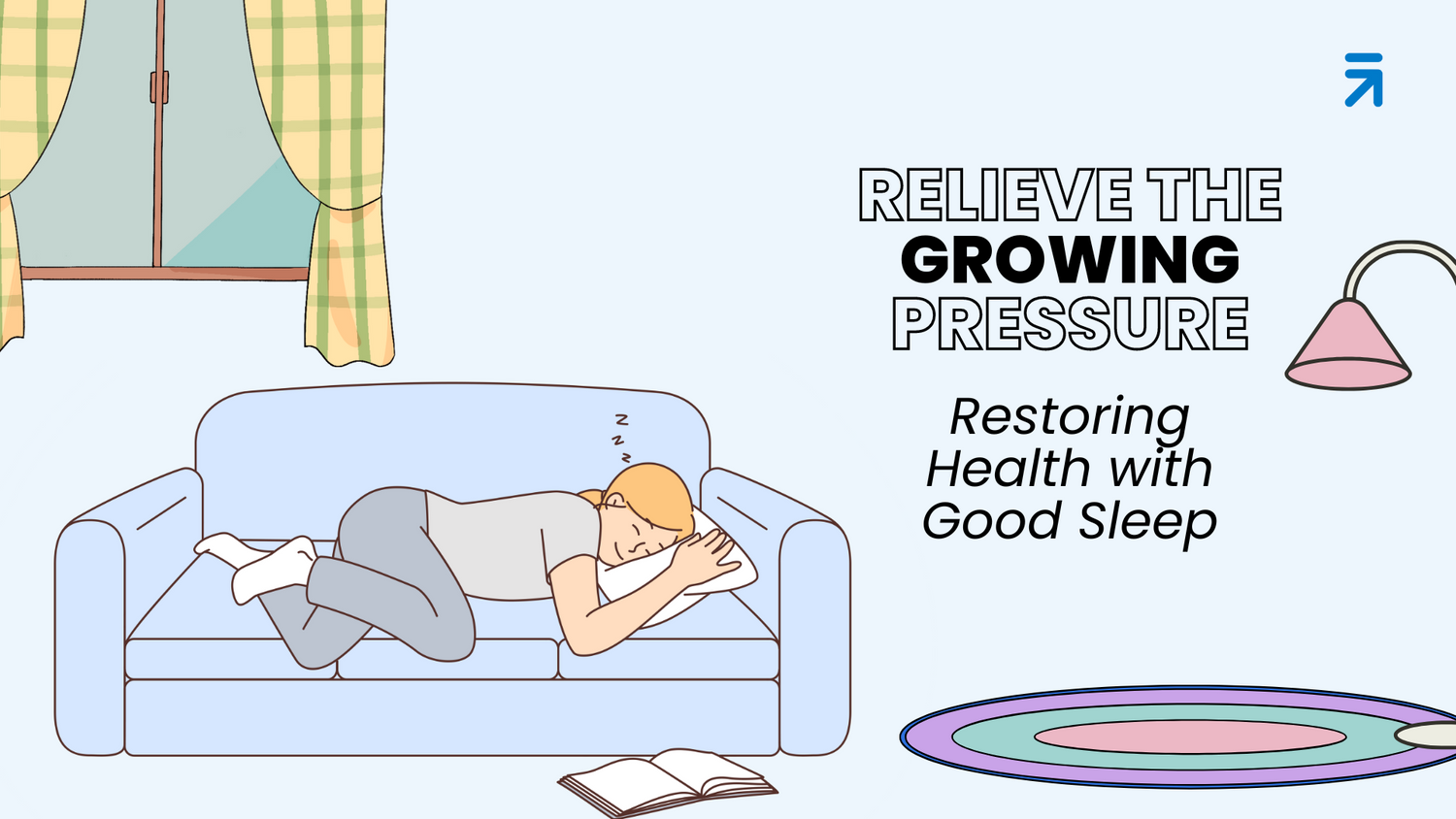
Relieve the Growing Pressure: Restoring Health With Good Sleep
June 26, 2024
Read more >
-
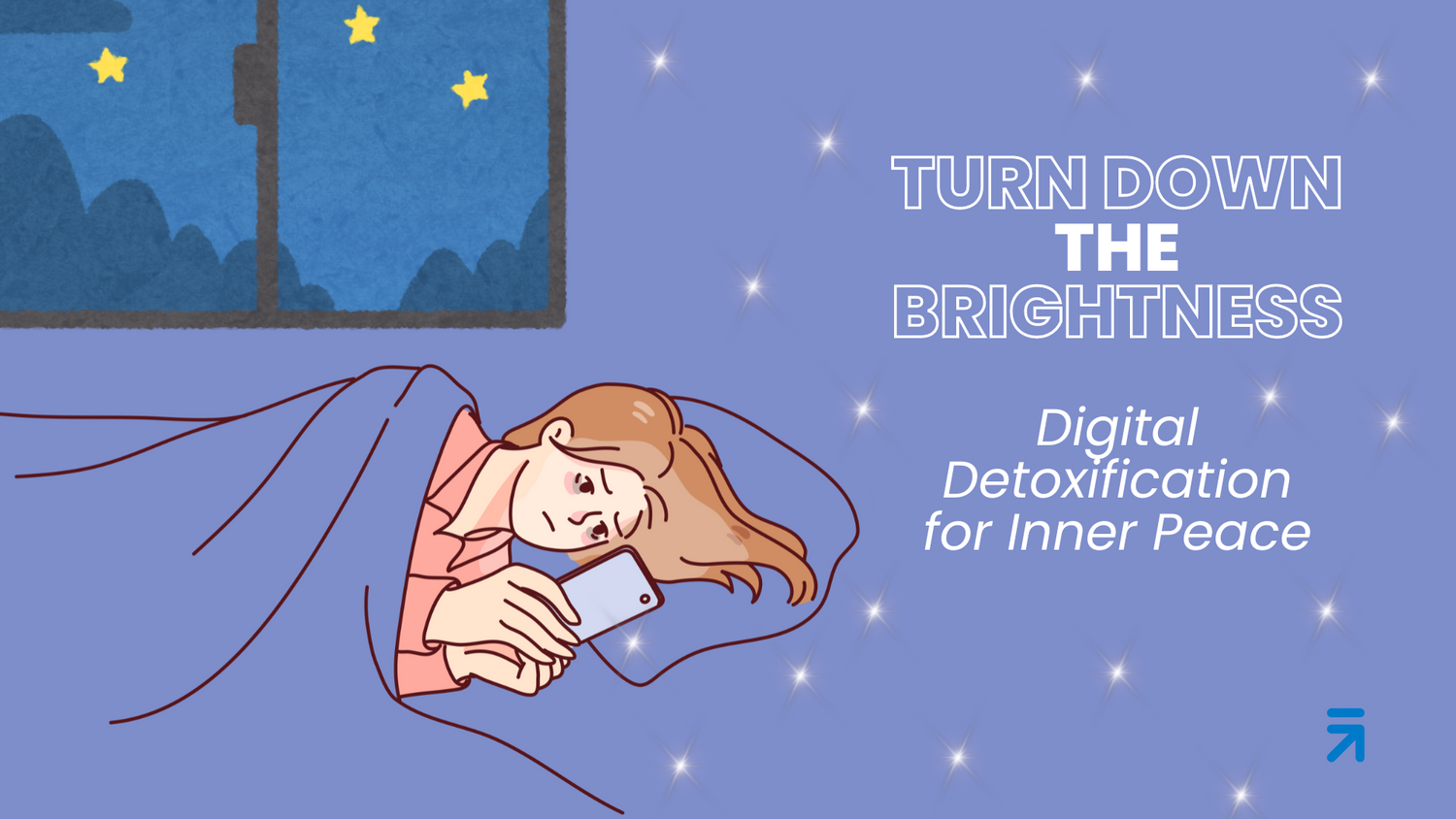
Turn Down the Brightness: Digital Detoxification for Inner Peace
June 25, 2024
Read more >
-
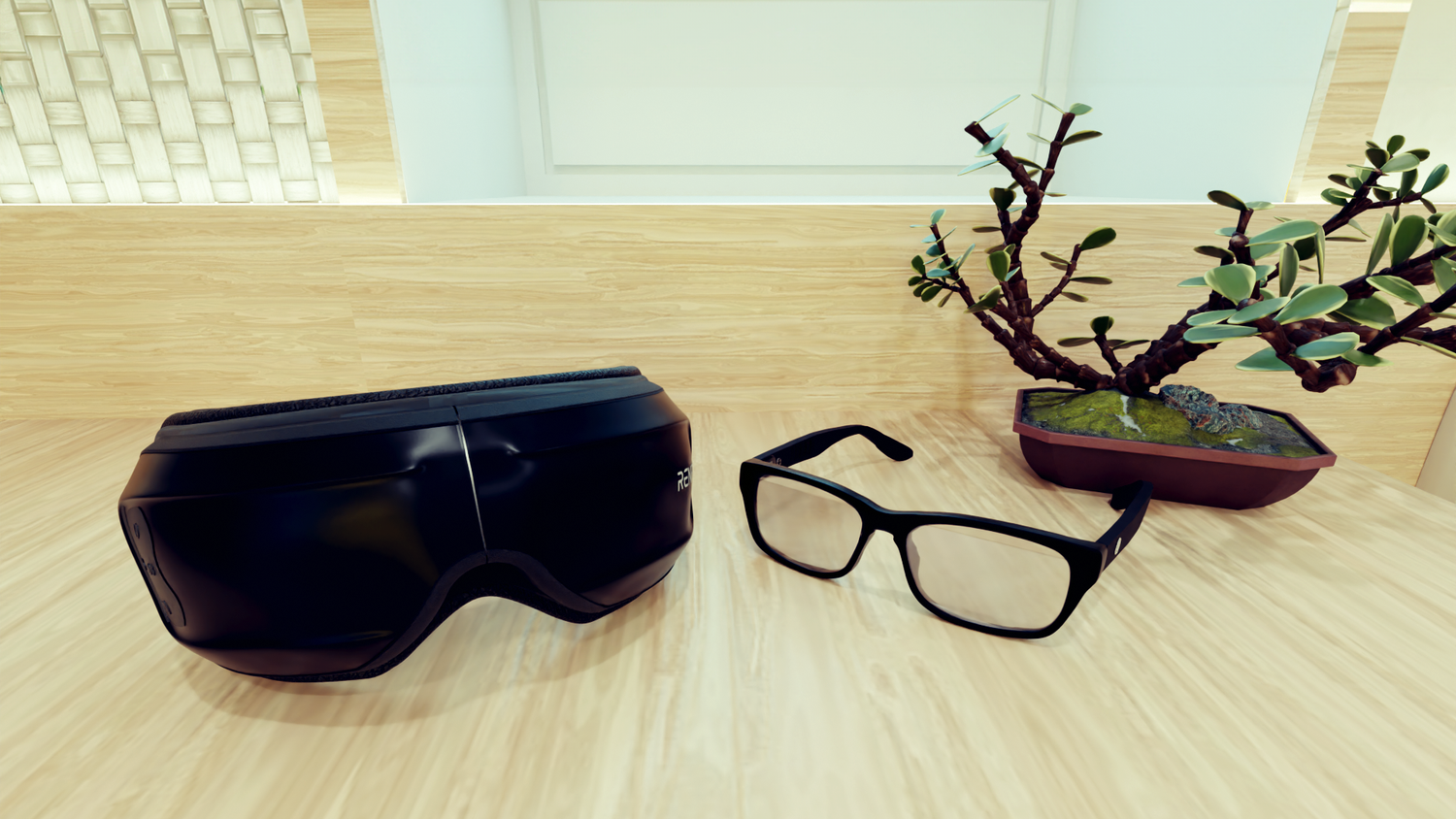
Goodbye, Blurry Vision: How Regular Eye Massage Can Help Manage Astigmatism
June 26, 2024
Read more >
-
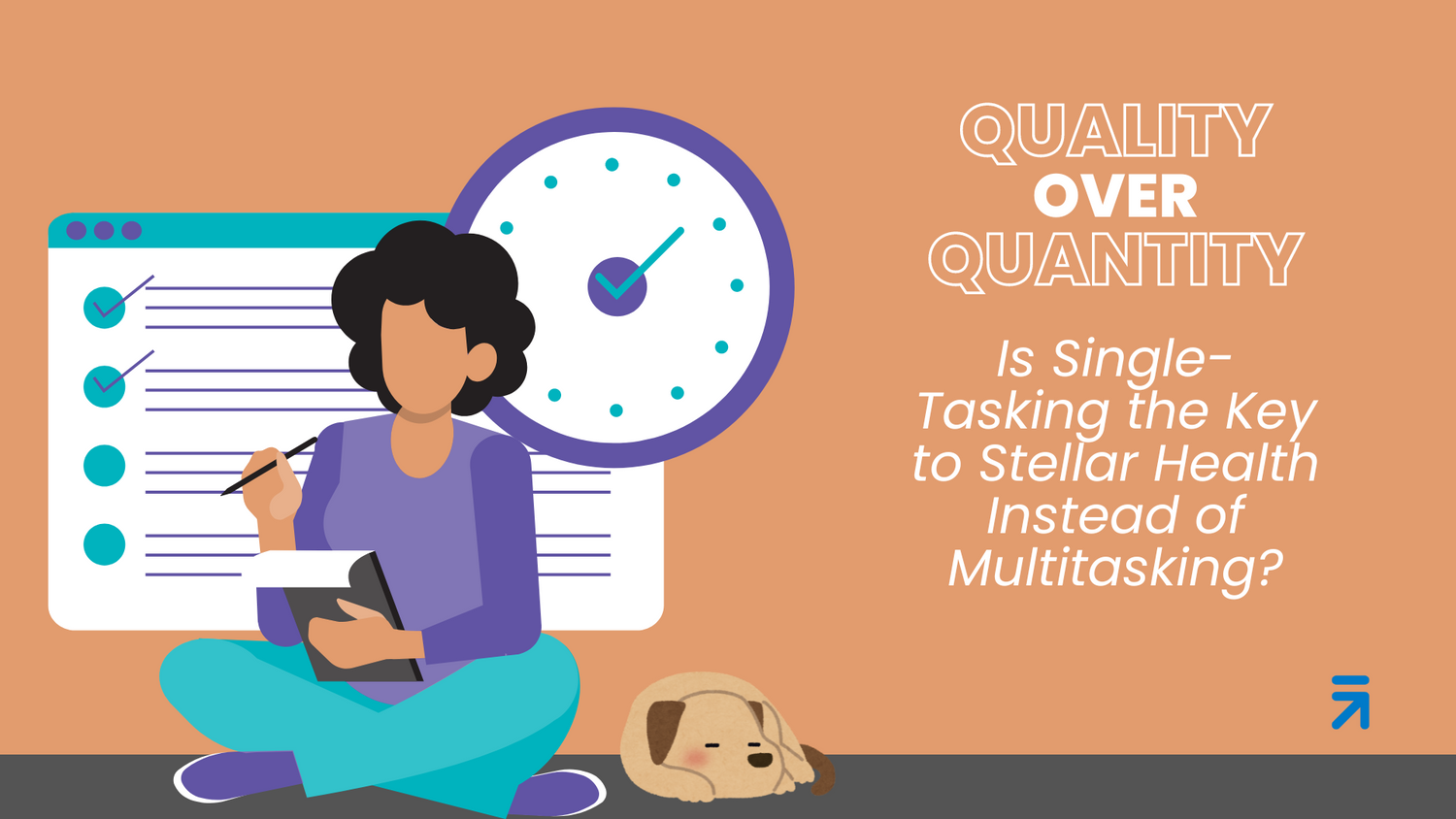
Quality over Quantity: Is Single-Tasking the Key to Stellar Health Instead of Multitasking?
June 18, 2024
Read more >
-
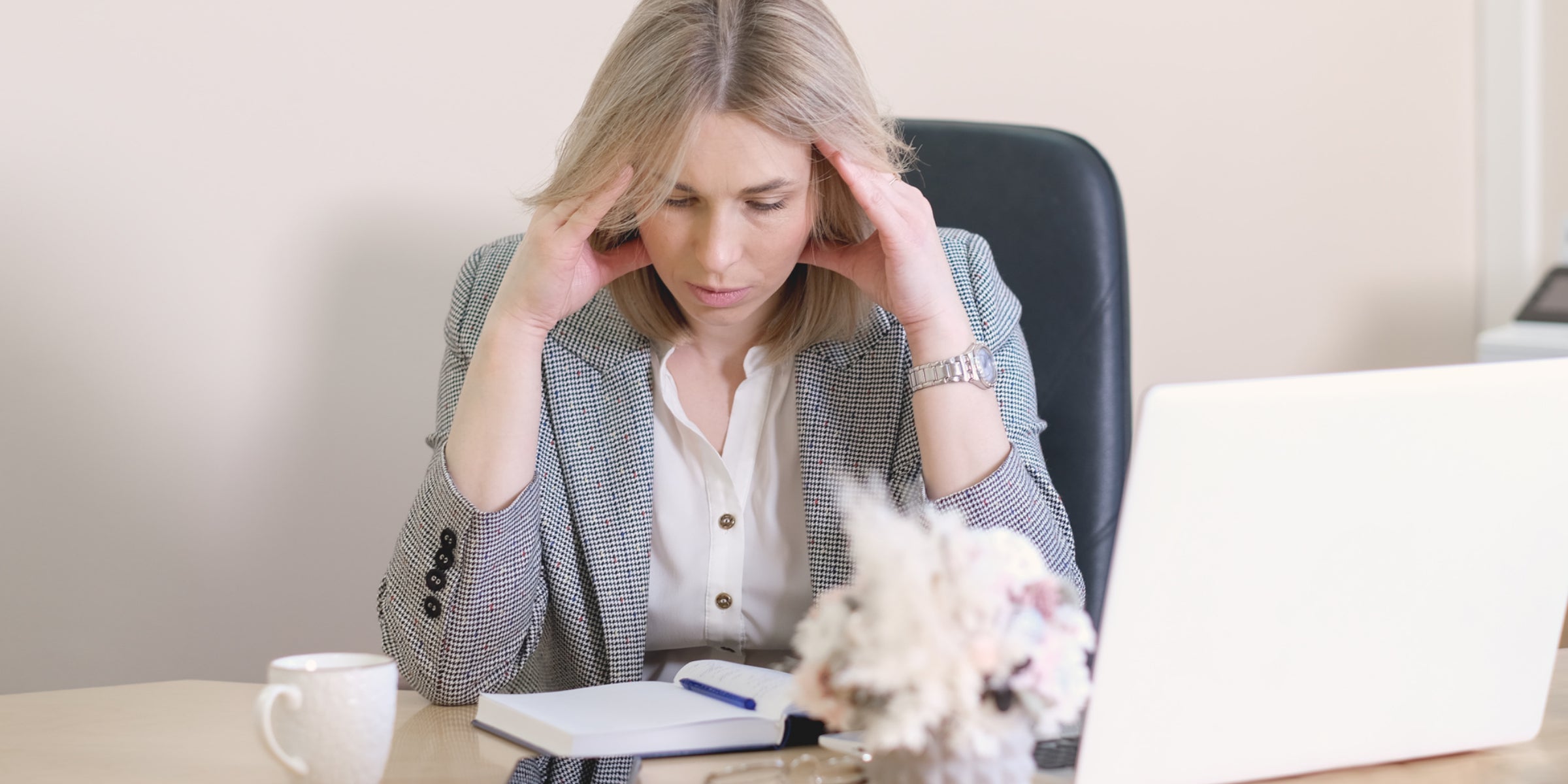
Relief Hacks: The Importance of Keeping a Migraine Diary
June 17, 2024
Read more >





